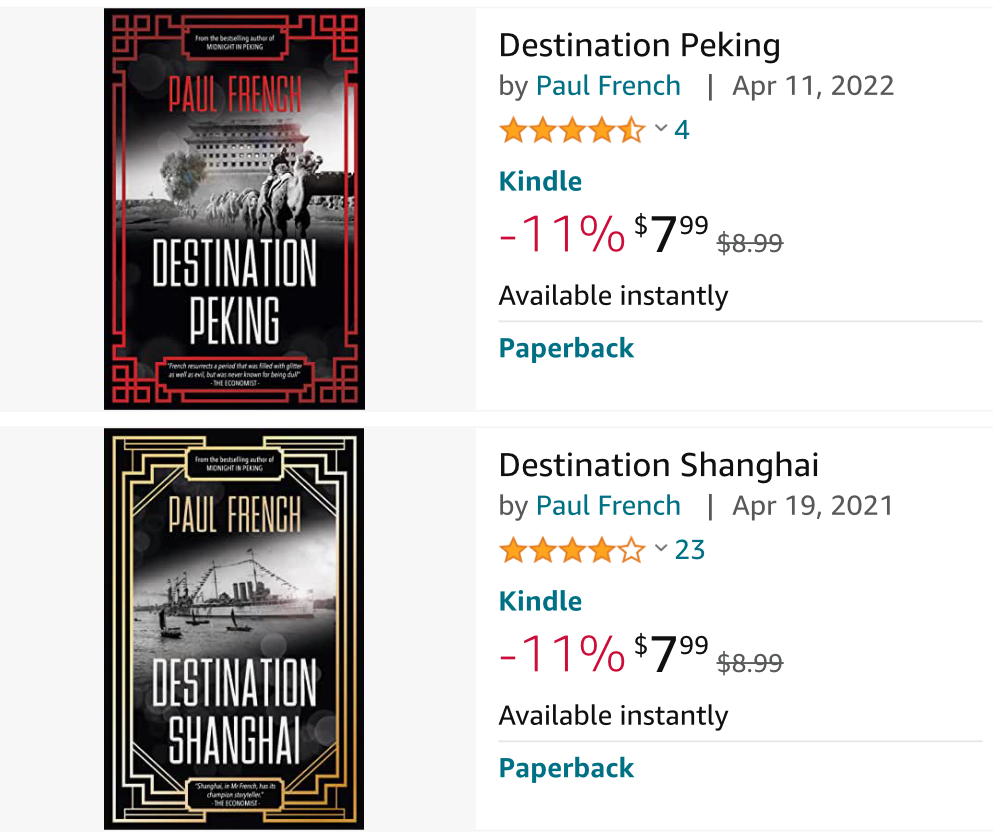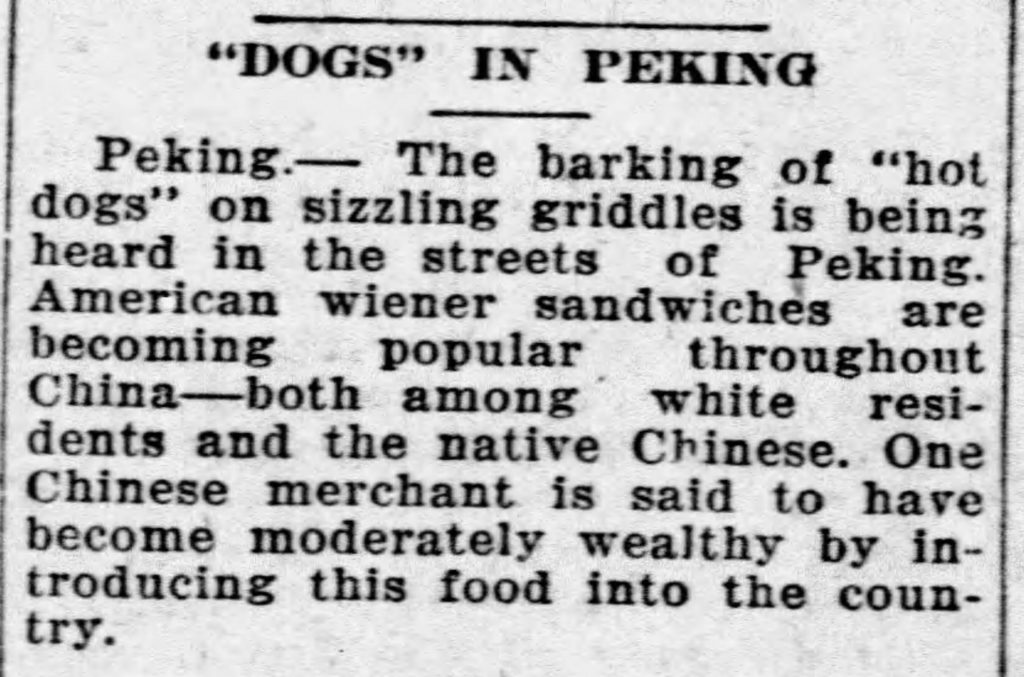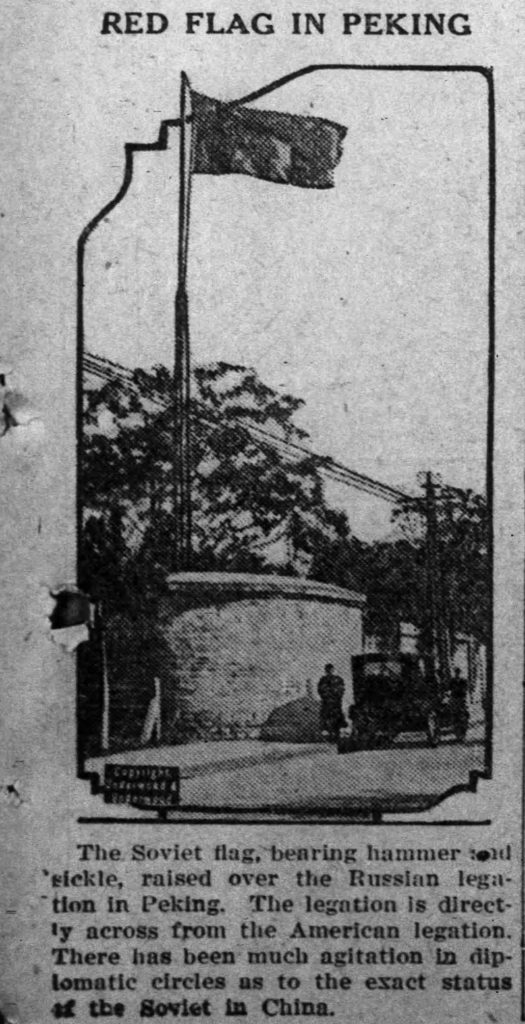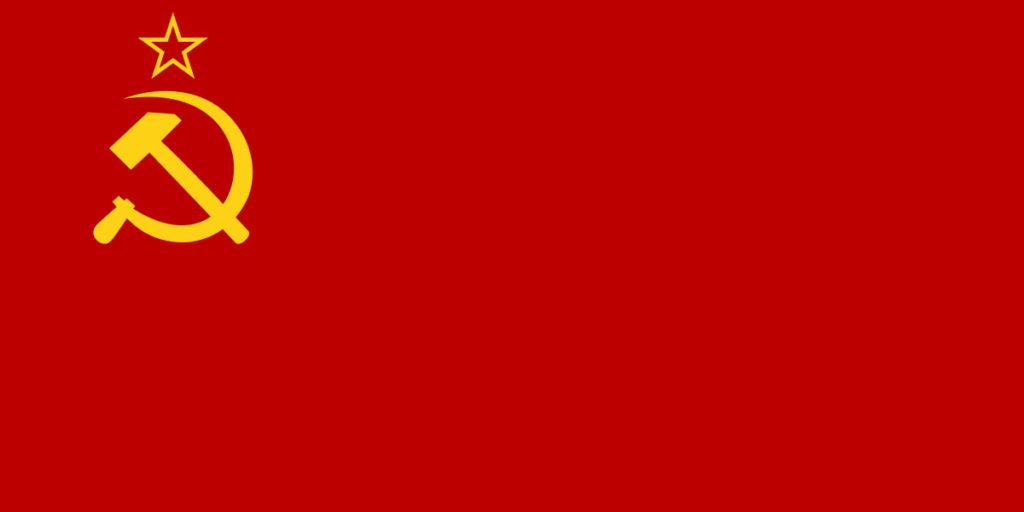Posted: July 31st, 2022 | No Comments »
Kwong Chi Man’s Hongkongers in the British Army looks like a fascinating study…
Hong Kong has been caught between empires ever since the First Opium War (1839-1842). As a result, the study of Hong Kong history has been subjected to the influence of the empires that controlled or laid claims over it. The historical experience of the Hongkongers during the nineteenth and twentieth centuries is unique, with Hong Kong as a multi-ethnic and multi-cultural society, an international trading hub, and a geopolitically crucial British colony until 1997. In recent decades, historians produced works on different aspects of the Hong Kong history, but one particular group has remained obscure: the more than 30,000 Hong Kong men and women who served in the British armed forces from the Opium Wars to the end of the British rule.
This is the first systematic study of the experience of the Hong Kong servicemen in the British armed forces during the colonial period. It puts the Hong Kong servicemen in the contexts of Hong Kong history, the history of overseas Chinese, the history of the British Empire, and the military history of the nineteenth and twentieth centuries. It details the agency of Hongkongers, who were often portrayed as victims or beneficiaries during the two world wars and the Cold War, and highlights the relevance of Hong Kong in the modern history of East Asia. The author also looks at how the intertwined issues of class and race played out among these servicemen, who came from a variety of ethnic, cultural, and social backgrounds. The study reveals the complexity of the colonial Hong Kong society by illustrating the interplay between the colonizers and the colonized of different classes and ethnicities, and informs the ongoing discussion about colonial Hong Kong by providing concrete examples of the collaboration between ethnic groups.
Posted: July 29th, 2022 | No Comments »
Posted: July 28th, 2022 | No Comments »
Just a plug that my two recent essay collections Destination Shanghai & Destination Peking (Blacksmith Books) are on Amazon for $7.99 each now as ebooks. To get technical that’s a total of 36 essays on for 44 cents an essay. Bargain!
Posted: July 27th, 2022 | No Comments »
Yesterday I noted a probably purposely placed story on chewing gum sales in 1920s China. Here’s another one fromm the same time, 1925….hot dogs this time round…I smell Carl Crow or some likeminded Shanghai adman behind these little tales….hot dog carts all over Peking’s hutongs…hhhmmmm!
Posted: July 26th, 2022 | No Comments »
Now and again short, but rather strange, stories that seem somewhat improbable appear in the American newspapers in the 1920s and 1930s. Below is one on supposedly boosted chewing gum sales in China. Unlikely this was anything spectacular if anything at all. Mostly I suspect admen and boosters like Carl Crow and others in Shanghai either working for the gum manufacturers or touting for their business. They most probably planted these stories and an American media – eager for free content and fun stories to catch the readers eye as well as (as Crow would constantly remind us their dreams of 400 million customers in China) lapped them up…
But maybe I’m wrong, maybe everyone was chewing gun strolling through Peking’s hutongs and climbing up Chungking’s steps?…
Posted: July 25th, 2022 | No Comments »
A brief change form China for this lovely collection of photographs with a text from Nicholas Coffill…Photography in Cambodia: 1866 to the Present.
Cambodia has two parallel histories. One is the constant stream of adventurers and diplomats, kings and rebels, archaeologists and artists drawn to the magnificent ruins at Angkor. Another is the formation of a nation through the Cambodian people’s fierce struggles with colonialism, war, revolution, famine, and finally, the long road to recovery.
This book captures these parallel stories through the eyes of talented photographers who were present to record such events. The images, which include many rare and never-before-published photos, are drawn from archives, national collections, libraries, and private collections.
This treasure trove of nearly 500 photographs showcases the work of over 100 photographers-including pioneering female photographers, Cambodian and international photographers, and some who died soon after the rise of the Khmer Rouge.
Within these pages, readers will find a fresh perspective on Cambodia. From the early days of French colonialism through the struggle for independence, and emergence into an uneasy peace in the 21st century.
Posted: July 24th, 2022 | 1 Comment »
Most of us don’t think much these days about the Soviet-Japanese Basic Convention Treaty of 1925. Basically Japan recognised the USSR and the agreement was ratified in Peking on February 26, 1925. All very mundane in the long run of history. However, I believe it must be one of the only trreaties between two major nations signed by a guy in bed!
And so here we all are in the Peking bedroom of the Japanese ambassador to China, Minister Kenkichi Yoshizawa who had managed to hurt himself somehow ice skating! So in order to move things along Lev Karakhan (the first Soviet ambassador to China) had to crowd into Yoshizawa’s bedroom, where he was laid up in a kimona on a pile of pillows. But Karakhan (in formal attire) wanted the deal signed and so went round to the Japanese embassy (there he is with a neat goatee beard bending down as Yoshizawa signs. And, by the way, the Russian in the middle in uniform with decorations is Vasily Konstantinovich Blyukher, at that time Rusia’s top military adviser to Dr. Sun Yat-sen and the Guomindang. Both Karakhan and Blyukher were to die in Stalin’s purges. Yoshizawawa was Japanese ambassador to French Indochina in the war (a largely pointless post), was then purged by the American occupation after 1945 and eventually ended his career, rehabilitated, as the Japanese amabassador to Taiwan, 1952-1956.
If anyone knows another major treaty between two important nations signed in a bedroom I’d love to know?
Posted: July 23rd, 2022 | 2 Comments »
Peking is now regularly strewn with red flags as the Communist Party likes to show it can out-flag-shag the best of them. But who raised a red flag first in Peking? I’m pretty sure it was the Soviet Legation in late 1924 as shown below. Those who know their Legation Quarter, and you can still see this despite some destruction and rebuilding, know that the Tsarist Russian (later Soviet Union) Legation was directly opposite the American Legation. The Hammer and Sickle faced off against the Stars and Stripes…
The newspaper informs us that this was the hammer and sickle flag. But this was only adopted in 1924 (below) so one musy have been rushed to Peking.








